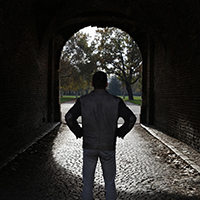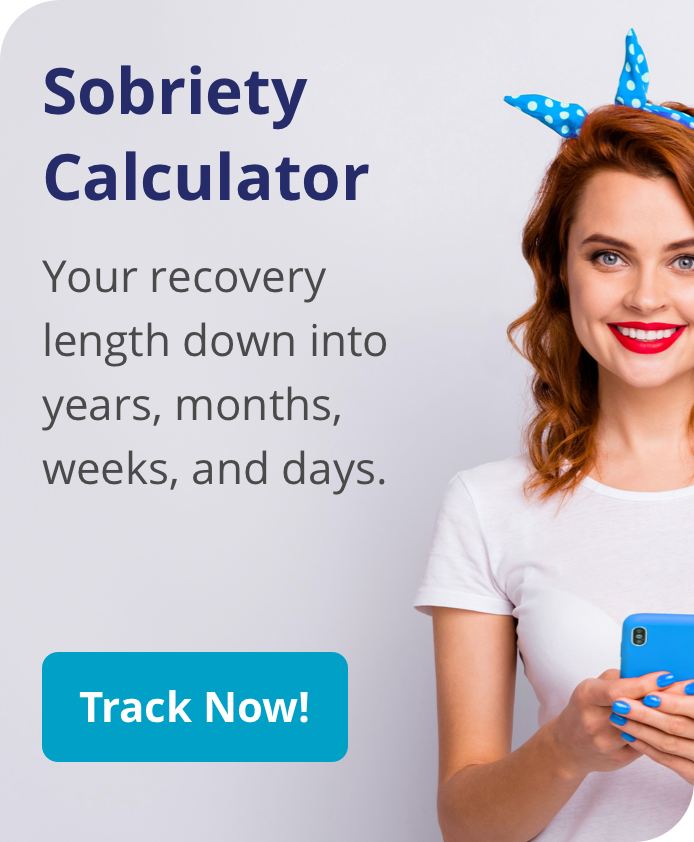
Clinical depression is an alternate term for major depression[i], one of the most serious and widespread mental health conditions in the U.S. Recognition of the onset of clinical depression can potentially shorten the length of illness and increase the chance of successful treatment.
Defining Depression
Clinical depression belongs to a larger group of conditions known as depressive disorders which includes:
- Persistent depressive disorder (also sometimes called dysthymia)
- Disruptive mood dysregulation disorder
- Substance/medication-induced depressive disorder
- Premenstrual dysphoric disorder
All diagnosable depressive illnesses produce a degree of melancholy that is strong enough and lasts long enough to disrupt the ability to take part in daily life. However, the exact nature of this sadness and the exact symptoms present vary from person to person. All depressive disorders belong to a larger group of illnesses called mood disorders.
Clinical depression is an area of particular focus for mental health professionals. This form of depression produces the most severe depressive symptoms, and often leads to highly negative outcomes. More than 16 million American adults (nearly 7 percent of the total population) cope with symptoms of this illness at least once a year[ii].
Defining Clinical Depression
The official term for clinical depression is major depressive disorder. When diagnosing this condition, doctors look for nine officially recognized symptoms[iii]:
- A “down” mood that affects life almost every day
- Constant or near-constant changes in normal sleeping patterns (excessive sleepiness or sleeplessness)
- Constant or near-constant changes in normal appetite, sometimes accompanied by substantial and unexplained weight loss
- A constant or near-constant loss of interest in activities that usually bring pleasure
- A persistent sense of energy loss or fatigue
- A persistent decline in the ability to make decisions, focus or think clearly
- The persistent presence of negative feelings such as excessive guilt or worthlessness
- Constant or near-constant changes in the normal level of body movements (appearing agitated)
- Repeated thoughts that center on death or suicide, creation of an actual suicide plan or an active attempt to commit suicide
Very few people have all possible depression indicators. In fact, doctors set the bar for diagnosis at a minimum of five symptoms. At least one of these symptoms must be a persistent down mood or a persistent lack of interest in pleasurable activities. In addition, depression indicators must occur together for at least two weeks, and their intensity must lead to clear interference with the ability to function normally.
Finally, there must not be a physical or medication-related explanation for the problem. Some people experience a single bout of major depression and never suffer from the condition again. However, others go through multiple or continually recurring bouts of the disorder.
Recognizing Depression’s Early Stages
Anyone who begins to experience any of the nine possible symptoms of clinical depression may eventually receive an official diagnosis of the condition. Key factors to look for are:
- The number of symptoms present
- The intensity of those symptoms
- How long the symptoms last
Since the types of symptoms present can vary widely from person to person, not all cases present the same. In addition, certain groups of people may have depression indicators that differ substantially from the norm[iv]. The three classic examples here are children, teenagers and older adults.
In children, unique indicators of clinical depression include:
- An unwillingness to attend school
- Unusual complaints of physical pain
- An unusual tendency to cling to parents or siblings
In teenagers, unique indicators include:
- A rise in school truancy
- Declining grades
- Unusual emotional sensitivity or volatility
- New involvement in alcohol or drug use
- An unusual avoidance of social contact
- The appearance of “cutting” or other self-harming behaviors
Possible unique indicators in older adults include:
- Changes in normal personality
- Altered memory function
- Complaints of physical pain
- A declining desire for sexual activity
Depression symptoms in older adults can closely resemble the stereotypical effects of aging. For this reason, they are sometimes overlooked, even by trained medical professionals. To complicate matters further, the real-world effects of depression in people of all ages can vary as the illness progresses.
What to Do About Early Depression Symptoms
Many people affected by depression don’t recognize the extent or severity of their symptoms. Unfortunately, this situation contributes substantially to the illness’ personal and societal impact. The National Institute of Mental Health urges anyone who suspects they’re dealing with clinical depression to seek help from a qualified mental health professional. People who feel reluctant to speak to a specialist can still benefit by speaking to a general practitioner, or even by informing family, close friends or other trusted third parties.
Only a doctor with the proper training can make a final determination on an official diagnosis. However, even people who don’t meet the official classification of clinical depression can still suffer greatly from their depressive symptoms. Experts in the field sometimes refer to the significant effects of these subclinical symptoms as subsyndromal depression. A person affected by subsyndromal depression can potentially benefit from treatment just as much as someone who fully meets the clinical depression criteria.
Depression Treatment Resources
Mental health professionals and other doctors have a range of resources available for depression treatment. Commonly used treatments include:
- Antidepressant medications
- A form of therapy called interpersonal therapy (IPT)
- A form of therapy called cognitive behavioral therapy (CBT)
- Brain stimulation in the form of modern electroconvulsive therapy (ECT)
Depression, anxiety, stress and PTSD are often underlying causes of substance use disorders. Our Eye Movement Desensitization and Reprocessing (EMDR), Holistic Therapy and Brain Paint Systems are just a few of the specialized services we offer at Transformations that can help address issues such as anger, resentment and anxiety.
Our staff of certified specialists assess each case individually to develop a suitable course of treatment for every client. Our goal at Transformations Treatment Center is to help you or your loved one build a foundation for a healthy recovery and sober future.
[i] National Institute of Mental Health: Depression
https://www.nimh.nih.gov/health/topics/depression/index.shtml
[ii] National Institute of Mental Health: Major Depression in Adults
https://www.nimh.nih.gov/health/statistics/prevalence/major-depression-among-adults.shtml
[iii] Pearson Clinical: Major Depressive Disorder – DSM-5 Criteria
http://images.pearsonclinical.com/images/assets/basc-3/basc3resources/DSM5_DiagnosticCriteria_MajorDepressiveDisorder.pdf
[iv] Mayo Clinic: Depression (Major Depressive Disorder)
https://www.mayoclinic.org/diseases-conditions/depression/symptoms-causes/syc-20356007




